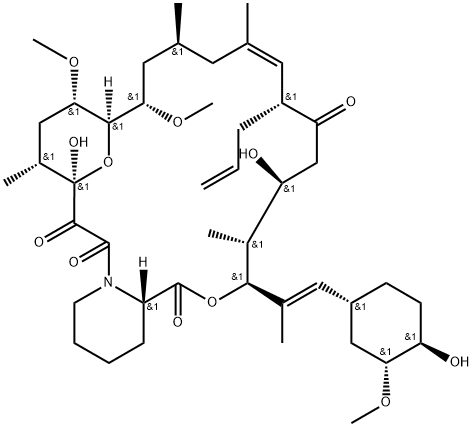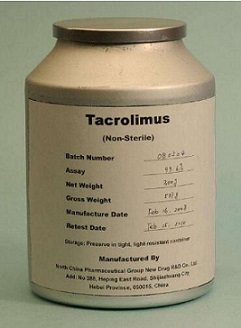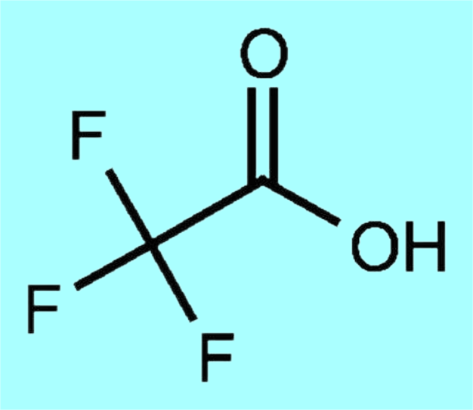Topical tacrolimus: a nonsteroidal topical immunomodulator
Introduction
Tacrolimus is a potent anti-T-lymphocyte, macrolide, and immunosuppressant medicine produced from the fungus Streptomyces tsukubaensis; it was discovered in 1984. It has been reported that the therapeutic interventions for atopic dermatitis (AD) have vastly changed after the advent of tacrolimus. Tacrolimus is used in solid organ transplant, hematopoietic stem cell transplant HSCT, and treatment or prevention of GVHD. It is used topically to treat various dermatologic conditions, including atopic dermatitis and psoriasis.
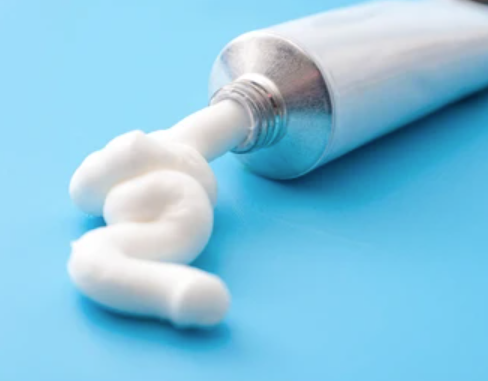
It suppresses T cell transcription of NF-AT by binding to the immunophilin FK-binding protein (FKBP). Its immunosuppressive activity is similar to calcineurin inhibitor (CNI) cyclosporine. Tacrolimus is metabolized via the CYP450 pathway with similar drug interaction concerns as cyclosporine. Trough levels should be monitored in patients. Infectious complications of tacrolimus are similar to cyclosporine. However, the relative risk appears to be lower among patients taking tacrolimus than cyclosporine, likely due partly to lower doses of glucocorticoids used in tacrolimus-containing immunosuppressive regimens.
Topical tacrolimus
Tacrolimus ointment is a nonsteroidal topical immunomodulator used especially to treat atopic dermatitis. The prolonged use of this ointment is safe and effective for the long-term treatment of atopic dermatitis in children[1]. For children and adults with moderate to severe eczema, topical tacrolimus is an effective, albeit costly, alternative to topical corticosteroids. Both tacrolimus strengths (0.03% and 0.1%) are superior to low-potency topical corticosteroids, whereas tacrolimus 0.1% has similar effectiveness to moderate- to high-potency topical corticosteroids. A lower concentration (0.03%) in the pediatric age cluster is recommended and is contraindicated in the usage below two years. A mild, self-limited, local burning sensation is common with use. (Strength of Recommendation: A, based on consistent, good-quality patient-oriented evidence.)
Topical tacrolimus is helpful for several inflammatory skin disorders, including vitiligo, psoriasis, alopecia areata, contact allergy, lichen planus, pyoderma gangrenosum, ichthyosis linearis circumflexa, and skin grafting/transplant.
Mode of action
Dermatological tacrolimus is a useful immunomodulator. It attaches to specific cytoplasmic immunophilin (FKBP12), Ca2+, and calmodulin, hindering or suppressing calcineurin's phosphatase activity. This further impairs the nuclear factor of activated T-cells (NFAT) signaling process by preventing its dephosphorylation, which cumbers upon interleukin-2 (IL-2) generation and results in diminished T-cell activation and inflammatory cytokine let out. Topical tacrolimus reduces mononuclear cell infiltration, thereby partly bringing back hair growth, and hence can be valuable in alopecia areata. It is also reported that tacrolimus impedes the conglomerate of IL-2, IL-3, IL-4, tumor necrosis factor-alpha (TNF-α), and granulocyte-macrophage colony-stimulating factor (GM-CSF)[2]. Apart from these, there is also evidence that tacrolimus hinders the let-out of pre-formed inflammatory molecules from mast cells and basophils present in the skin layers and minimizes the utterance of FcεRI on Langerhans cells.
References
[1] Yukuang Guo, Hyunyoung Jeong, Hyunwoo Lee. “Gut microbiota in reductive drug metabolism.” Progress in molecular biology and translational science 171 (2020): 61–93.
[2] Badar Uddin Umar. “Management of Atopic Dermatitis: The Role of Tacrolimus.” Cureus (2022): e28130.
Related articles And Qustion
Lastest Price from Tacrolimus manufacturers
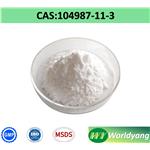
US $0.00-0.00/g2025-11-28
- CAS:
- 104987-11-3
- Min. Order:
- 1g
- Purity:
- 0.98
- Supply Ability:
- as required

US $5.00-0.50/KG2025-05-09
- CAS:
- 104987-11-3
- Min. Order:
- 1KG
- Purity:
- 99% hplc
- Supply Ability:
- 500TONS
